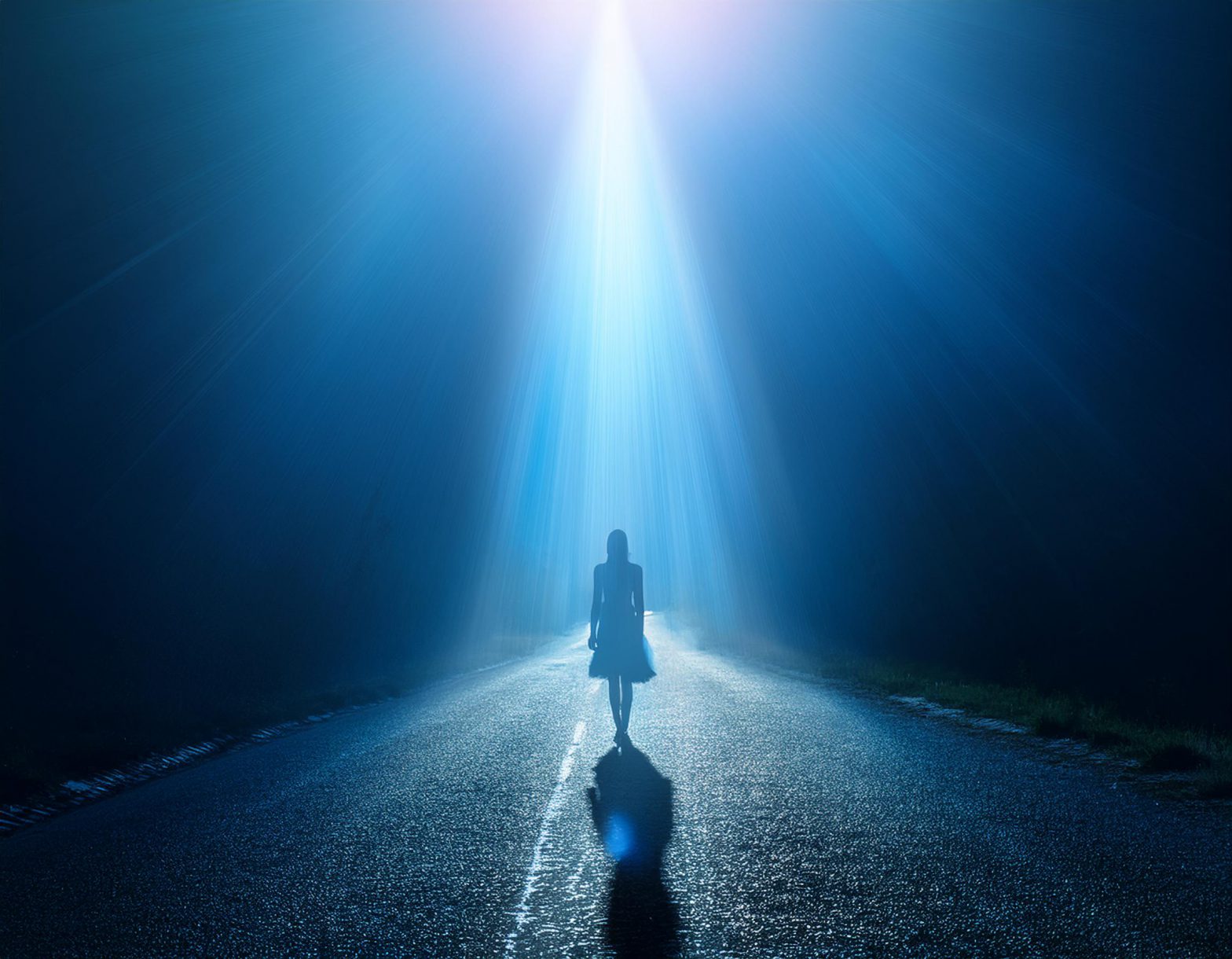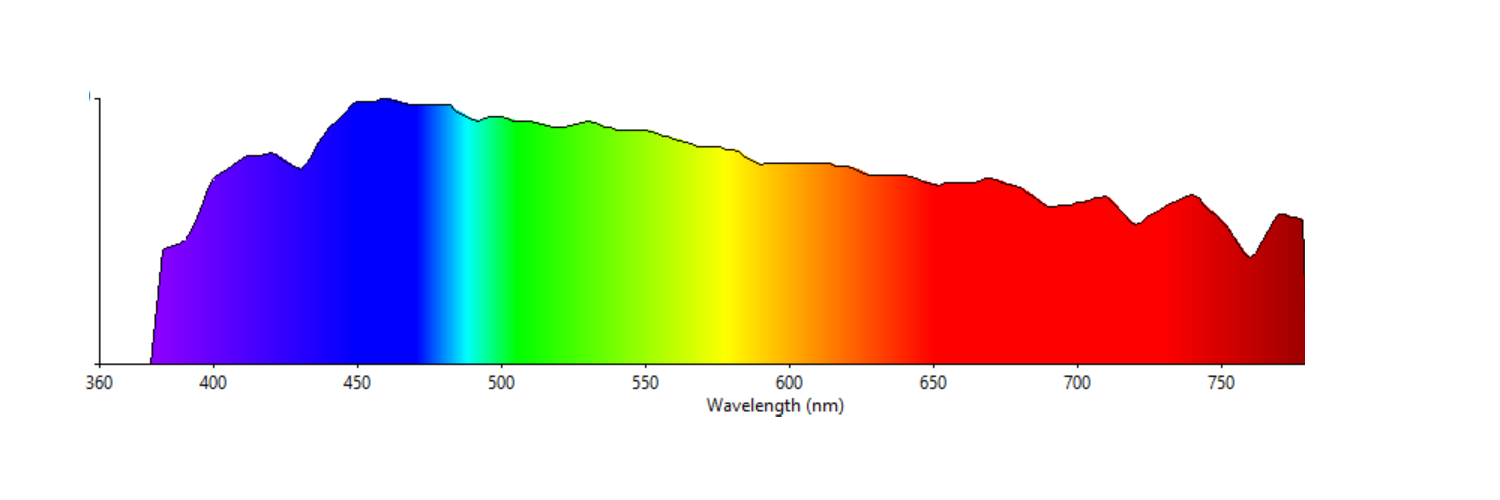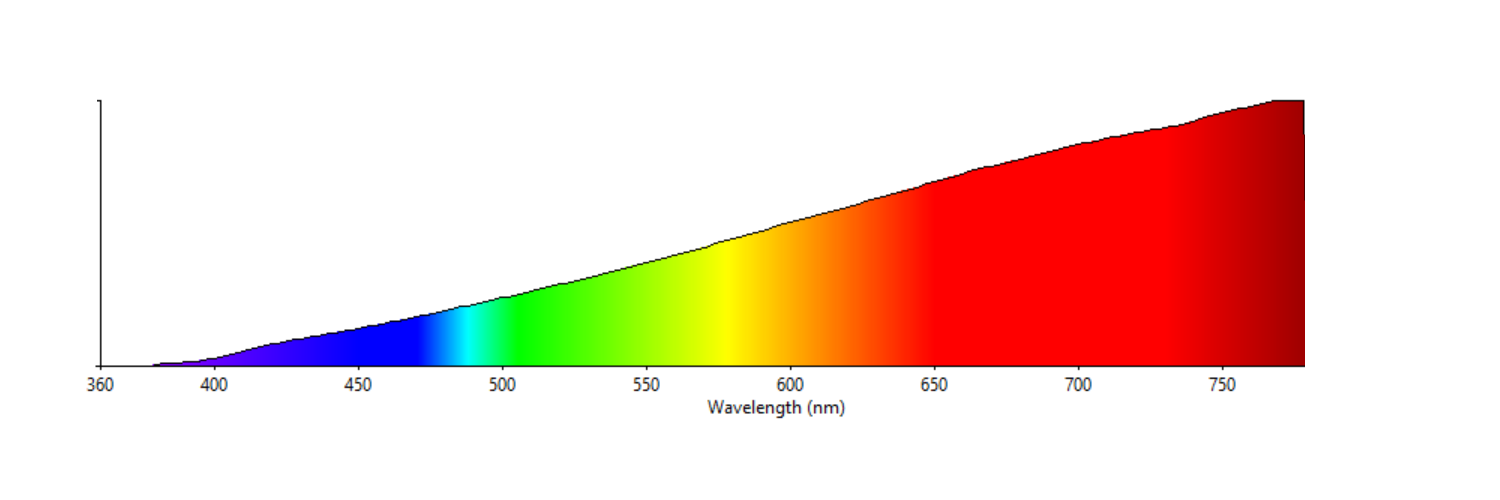
Blue Light, Melatonin and Circadian Rhythms
Blue Light, Melatonin and Circadian Rhythms
Many of us now live in a world where we have access to electricity 24 hours a day. However, a growing body of research indicates that exposure to light rich in blue wavelengths during evening hours can be detrimental to sleep quality. Blue light is not only coming from smartphones, computer screens and tablets - it's also abundant in regular light bulbs.

In our modern society, it is virtually impossible to get by without artificial lighting at night. By managing the quality and quantity of light exposure during evening hours, however, we can mitigate the impact on our internal systems and circadian rhythm.
What exactly is blue light?
Counter to our intuition, blue light doesn't always appear blue, because it can be mixed with other colors. Light is made up of a combination of various wavelengths across the visible spectrum, ("the colors of the rainbow") and the specific combination of these wavelengths creates particular perceptions in our eyes that we perceive as color.
For example, the spectral power distribution below shows the spectrum for natural daylight, which, despite its white color, is considered to be rich in blue light:

Here is the spectral power distribution for an incandescent light bulb, which is considered to have lower (but not negligible) amounts of blue light:

You will see that there is a significant difference in the relative amounts of blue wavelengths between natural daylight and incandescent bulbs. Specifically, the wavelengths that are usually considered "blue" are between 430 nm and 530 nm.
When people talk about blue light or "blue light hazard" in the context of circadian health, it is important to realize that any light that has a high ratio of blue wavelengths can have an impact on sleep and circadian regulation.
Below is the spectral power distribution of a white LCD screen commonly used in computers, smartphones and tablets:
Again, a significant blue "peak" is present in the blue wavelengths. Even though your smartphone screen might appear white to you, you are receiving significant doses of blue light mixed in.
Blue light's impact on melatonin and sleep
We've known for decades that cone cells in our eyes help us see, but only recently has research focused on the non-visual function of our eyes. Specifically, researchers have found a fourth pigment in our eyes called melanopsin. This pigment is thought to serve no purpose in our vision system, but instead act as a receptor that can signal the production or suppression of melatonin, the hormone that regulates sleep and wakefulness.
Melanopsin is triggered by specific wavelengths of light, and is most sensitive to wavelengths at and around 480 nm, or in layman's terms, primarily blue wavelengths.
When melanopsin receptors in our eyes absorb light with blue wavelengths, it suppresses the production of melatonin, promoting alertness. In other words, melanopsin is the direct link between blue light's effect on whether we feel alert or sleepy.
Melatonin suppression is a good and natural thing during daylight hours, as it promotes alertness during the day, and is helpful in maintaining our circadian rhythms.
You may have experienced this yourself - you might find it much harder to wake up in the morning when your window shades are still closed.
Then, after sunset, our bodies normally begin to produce higher levels of melatonin, a natural signal to the body that it's time to start thinking about sleep.
With artificial light sources, however, we continue to receive doses of blue-rich wavelengths during evening hours. Our melatonin levels continue to be suppressed, making it difficult to fall asleep, even though we may be physically tired.
What can we do to limit blue light exposure?
Light during evening hours is a necessary and indispensable part of our modern lives. As with many issues that pertain to our health, moderation is key.
Limiting use of smartphones and tablets during evening hours, as well as lowering the screen's brightness can all be helpful in reducing overall blue light exposure. Various apps and software can also help shift the light spectrum away from blue-rich wavelengths.
Similarly, reducing the brightness and intensity of light bulbs in your home can help reduce blue light exposure.
Visually intensive activities like reading, however, should not be done in low brightness as this can aggravate eye fatigue.
Nobody loves compromise - and you may be wondering - is there a way to maintain a higher brightness level but simultaneously limit the amount of blue light?
There certainly is, and the best way to measure the extent to which this is possible is using the M/P ratio. The M/P ratio interprets the spectral power distribution of a light source, and compares the relative ratio between its effect on promoting alertness and its effect on producing useful visual illumination.
Therefore, a light source with a low M/P ratio produces less light energy that keeps us alert, but more light energy that is useful for vision.
When looking for light bulbs that provide sufficient illumination with limited amounts of blue light that disrupt sleep, look for one with a lower M/P ratio.
There is no hard and fast rule for what an acceptable M/P ratio would be for a nighttime light bulb, because what matters more is the intensity and duration of overall exposure to blue light.
In other words, just because a light bulb has a low M/P ratio, that does not mean you would be immune to the effects of blue light if you used the light very close to your face for many hours.
Therefore, when comparing M/P ratios, a relative comparison is more meaningful. As a reference point - natural daylight has an M/P ratio of 1.10, and incandescent bulbs have an M/P ratio of 0.55.
Waveform Lighting's Lux24 Circadian LED bulbs, for example, have an M/P ratio of 0.39. Assuming the same positioning and use time as a 40W incandescent bulb, the Lux24 bulbs would have an approximately 30% reduction on total blue light exposure.
Circadian LED Bulbs
Your choice of light bulb, especially in a bedroom and bedside table lamps, can have a significant effect on your blue light exposure. Standard light bulbs are designed simply to produce the most illumination with as little cost as possible, with no consideration of circadian effects.
When searching for LED bulbs that limit circadian impact, look to see if the M/P ratio is specified, and if possible, inspect the actual spectral power distribution to determine the amount of blue light in the spectrum.
As shown in the spectral power distribution above, Lux24 LED bulbs are designed at the spectral level to limit disruption to restful sleep by utilizing a proprietary blend of long wavelength phosphors. The result is a spectral distribution that produces natural light, but simultaneously limits the impact on melatonin suppression. With a 2400K color temperature and 95 CRI rating, objects appear natural and vivid.
Learn more about Lux24 here.
Other Posts
Browse Waveform Lighting Products
A-Series LED Bulbs
Our A19 and A21 lamps fit in standard lamp fixtures and are perfect for floor and desk lamp fixtures.
Candelabra LED Bulbs
Our candelabra LED bulbs offer soft and warm light output in a decorative bulb style that fits E12 lamp fixtures.
BR30 LED Lamps
BR30 lamps are ceiling lamps that fit in residential and commercial fixtures with 4-inch or wider openings.
